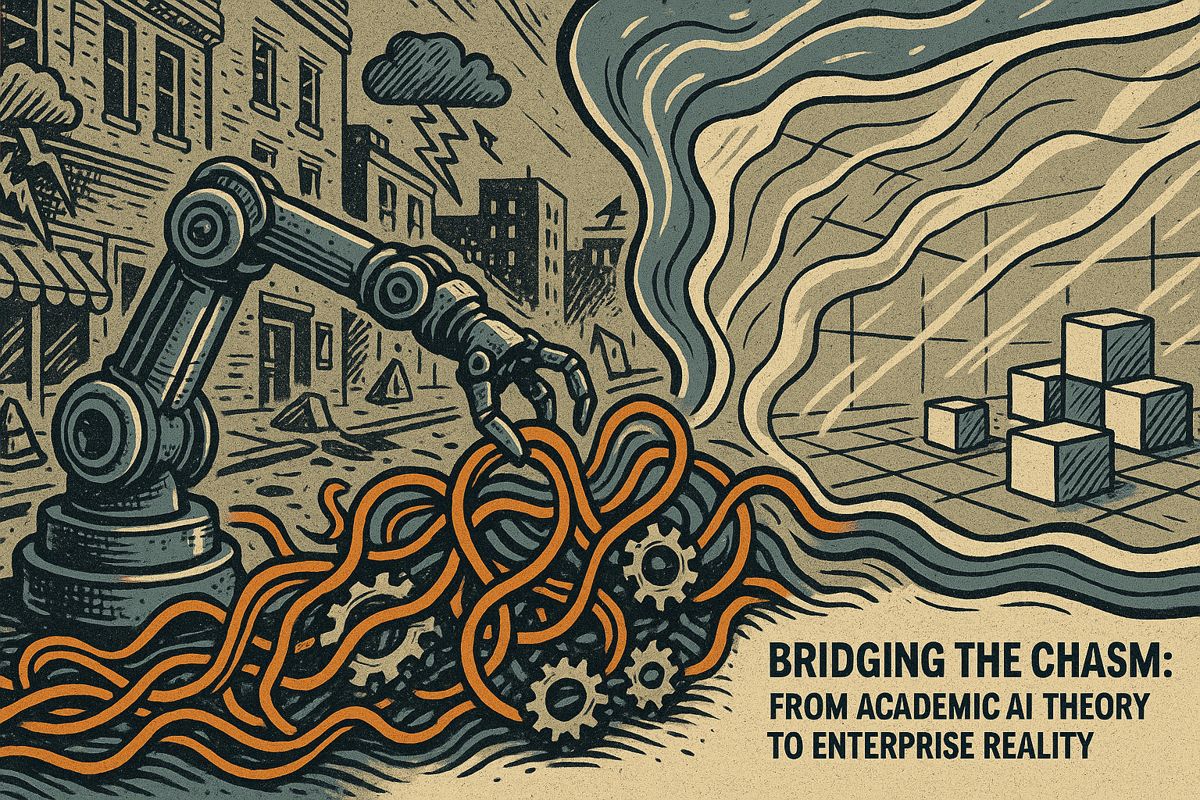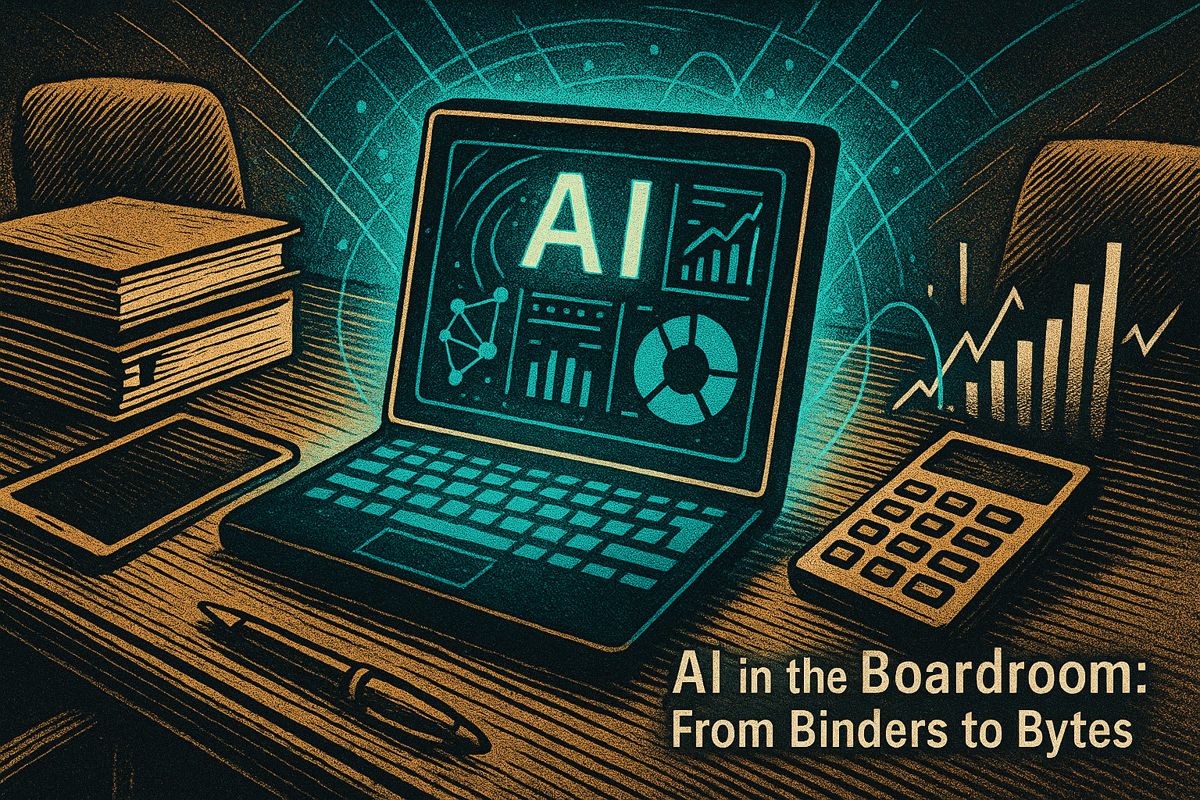The release of Claude Code’s 2025 AI developer playbook from Anthropic arrives as a majority of software engineers now lean on AI assistants in their daily work. In a detailed “AI and I” podcast episode, founding engineers Cat Wu and Boris Cherny unpacked their internal guide for using the tool, sharing hands-on productivity tactics. This article distills that conversation into a definitive field guide on Claude Code’s design, insider workflows, and its place in the modern AI development stack.
Why Anthropic Built Claude Code as a Low-Level Power Tool
Claude Code is a flexible, “unopinionated” AI coding assistant from Anthropic designed to give developers near-raw access to its core model. This prioritizes custom scripting and integration with existing toolchains over rigid presets, while including constitutional safety guardrails suitable for enterprise environments.
Wu reminds listeners that Claude Code was born in Anthropic’s research labs, where flexibility is valued over presets. Consequently, the team shipped an “unopinionated” interface exposing almost raw model access. An internal Anthropic engineering note describes the design as a “flexible, customizable, scriptable, and safe power tool.” Because Constitutional AI guardrails underpin every call, generated code defaults toward secure patterns without needing extra plug-ins.
Enterprise teams required the same freedom. Cherny explains how a risk team at a global bank integrates Claude Code through Amazon Bedrock, using policy-based prompts for compliance and combining model calls with GitHub Actions to run thousands of nightly test cases.
Productivity Playbook from Anthropic Insiders
Anthropic engineers revealed several proven workflows for maximizing developer productivity:
- Onboarding: New hires provide a repository path to Claude Code and ask for a guided tour, shrinking ramp-up time from several days to a single afternoon.
- Test Generation: Security specialists begin with natural language specifications, let Claude draft pseudocode, and then fill in edge cases before initiating CI.
- Stack-Trace Triage: During a live demo, Wu pasted a Kubernetes error, and Claude pinpointed Pod IP exhaustion in just three exchanges – a task that previously took 15 minutes.
- Design Handoff: Product designers export Figma frames and prompt Claude for React components, iterating until the output is pixel-perfect and catching accessibility flaws early.
To achieve similar gains, the team advises developers to keep a dedicated terminal for iterative prompting, store successful prompts in a searchable log, use screenshots for issues spanning multiple files, and request suggested unit tests before accepting any AI-generated patch.
Where Claude Code Sits in the 2025 AI Toolkit
Recent adoption metrics underscore the podcast’s resonance. The latest JetBrains survey reports that 85 percent of developers now use at least one AI assistant, with 62 percent relying on it daily (state of developer ecosystem 2025). Yet, controlled trials reveal nuance; experienced open-source maintainers sometimes completed issues 19 percent slower when they over-reviewed AI suggestions. Anthropic engineers therefore advise treating Claude as a collaborative peer, not an infallible oracle.
Tool comparison studies highlight Claude Code’s strengths in multi-language tasks and enterprise privacy, while rivals like Cursor emphasize local inference. Wu believes the landscape will continue fragmenting into specialized agents that users orchestrate. For now, developers can catch the full walkthrough on YouTube or Spotify and grab the public transcript to start experimenting with their own repositories.
What makes Claude Code “low-level and unopinionated,” and why does that matter to developers?
Claude Code exposes near-raw model access instead of wrapping the LLM in rigid menus or wizards.
That means you can:
– Script your own commands in bash, Python, or JavaScript
– Chain steps together in any order your project needs
– Swap tools in and out without waiting for vendor updates
The payoff is maximum flexibility: the same agent can generate Terraform on Monday, review a Rust PR on Tuesday, and build an internal React dashboard on Wednesday.
Teams that treat Claude Code as a customizable power tool rather than a black-box copilot report the fastest internal adoption and the least lock-in.
How do Anthropic engineers actually use Claude Code inside the company?
Engineers share five battle-tested patterns:
1. On-boarding accelerator: point Claude Code at a repo and ask for “a map of data-pipeline dependencies”; new hires grasp codebases in hours, not days
2. TDD companion: describe a feature in plain English, let Claude generate the pseudocode test first, then implement; this flipped the culture from “tests later” to test-driven
3. Stack-trace detective: paste a Kubernetes error image; Claude reads the screenshot, spots IP-exhaustion, and outputs the exact kubectl fix
4. Cross-language translator: security team writes requirements in English and receives working Go or Ruby scripts even when no one on the squad knows the language
5. Design-to-code bridge: product designers export Figma frames and Claude produces first-cut JSX, catching layout errors before human review
Across 2024-25 these habits cut average resolution time for common tickets from 10-15 min to ~4 min.
What safety mechanisms are baked into Claude Code?
Safety is constitutional, not bolt-on:
– Models are trained with a written “constitution” that encodes security, privacy, and refusal rules; no hard-coded regex lists
– RLAIF + RLHF fine-tuning keeps later Claude 4 versions helpful yet cautious
– Enterprise plans run on VPC-isolated Bedrock or Vertex AI with SOC-2 and HIPAA-ready controls
– All chat history is client-side encrypted by default; Anthropic staff cannot read it
For finance and healthcare customers, these features turn Claude Code from an experimental toy into a governance-approved toolchain.
How much of a productivity boost can a real engineering team expect?
External 2025 benchmarks show:
– 79% of Claude Code threads are classified as pure automation (the AI writes, tests, and commits with minimal human touch)
– 85% of developers now use at least one AI assistant weekly; 62% call an AI tool “integral” to their workflow
– However, a controlled trial with veteran open-source contributors found 19% longer completion times on complex issues when AI suggestions were switched on, highlighting the need for disciplined review cycles
Bottom line: routine boilerplate and tests speed up dramatically; sophisticated architectural work still requires senior oversight.
Where can I listen to the a full conversation and learn the hands-on tactics?
The “AI & I” episode with Cat Wu and Boris Cherny is streaming on:
– YouTube
– Spotify
– Apple Podcasts
For step-by-step practice, Dan Shipper’s Claude Code for Beginners playlist on YouTube walks through prompt recipes, Obsidian integration, and no-code automation in 19-minute chunks.



















